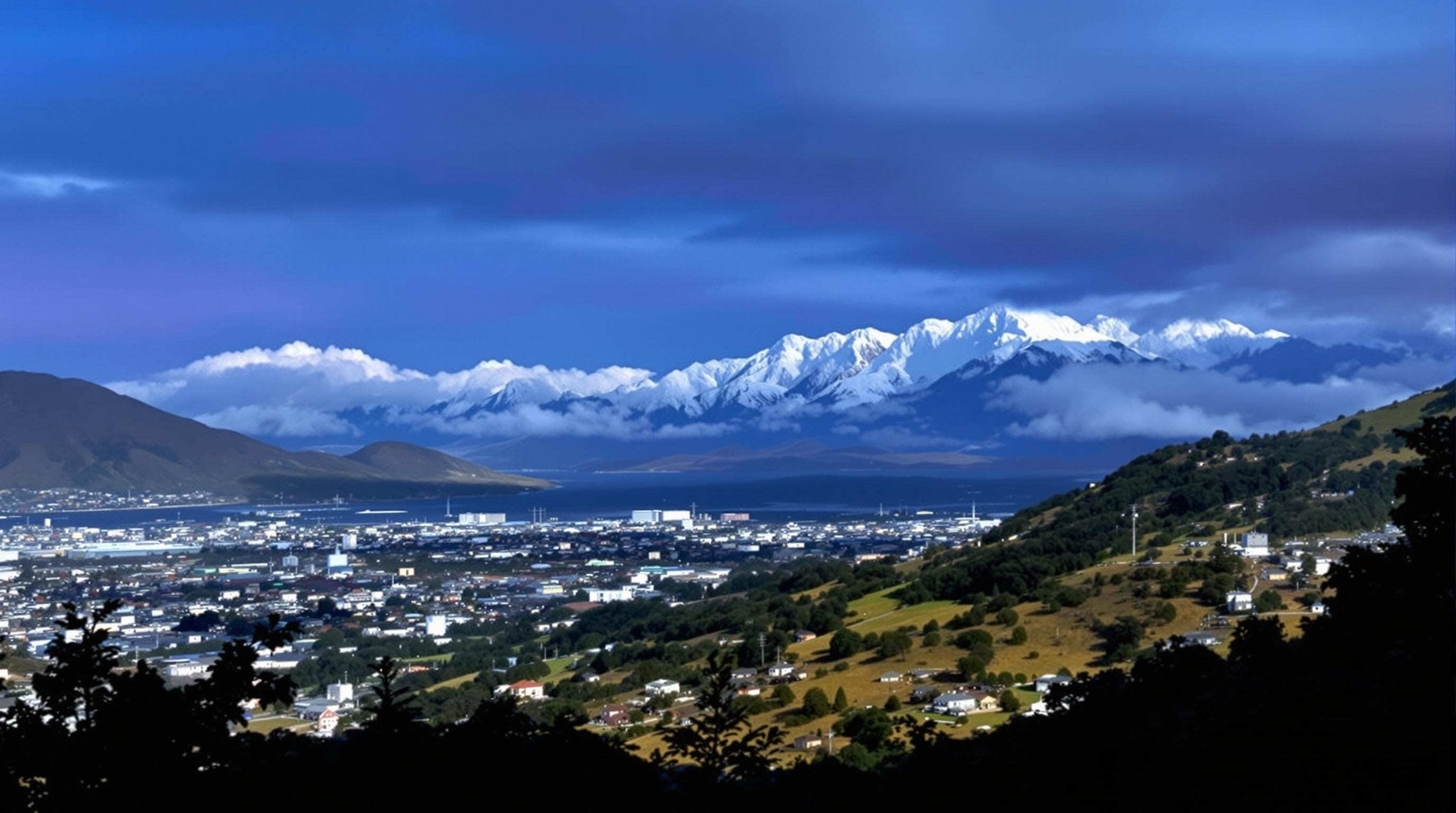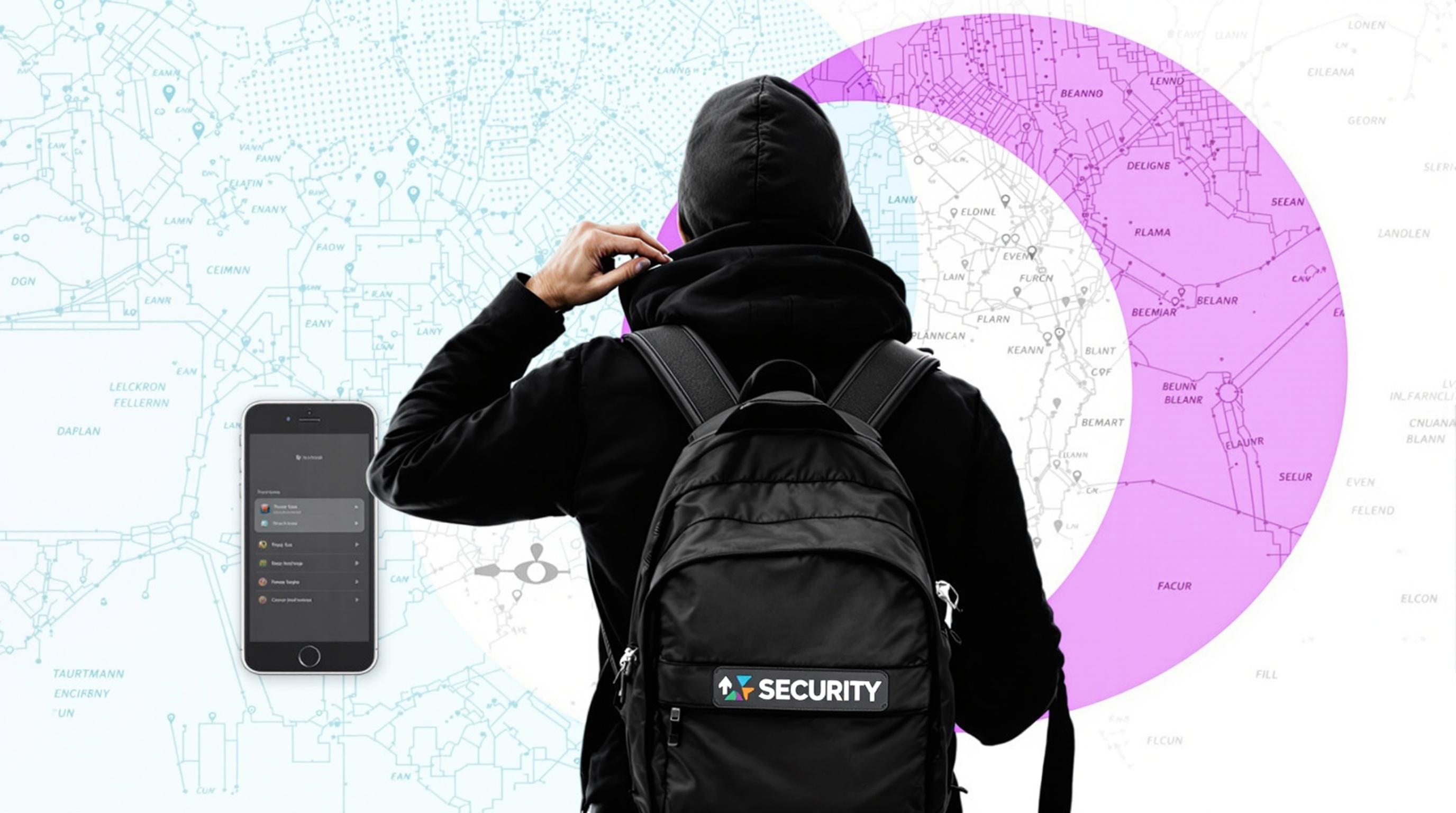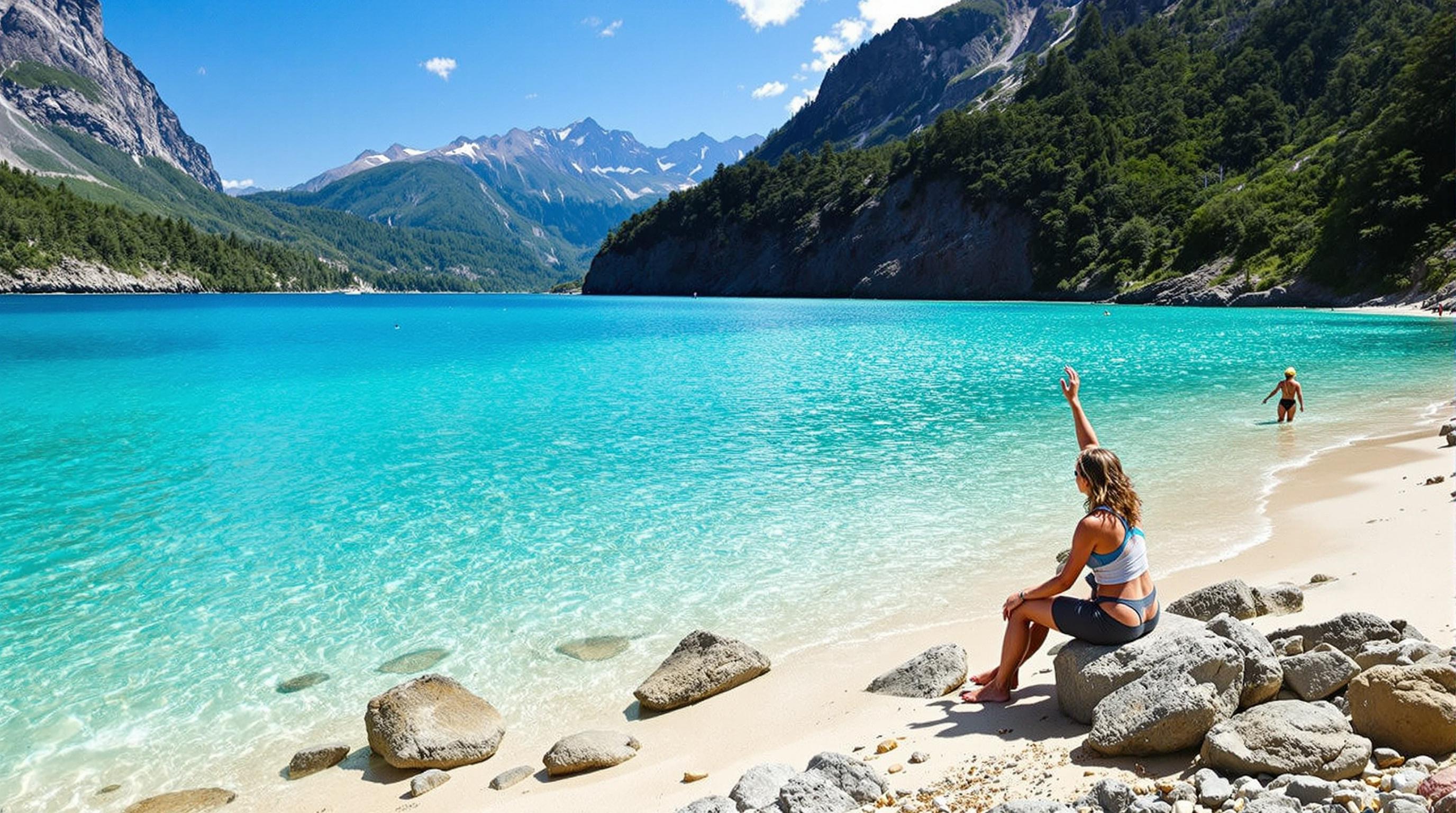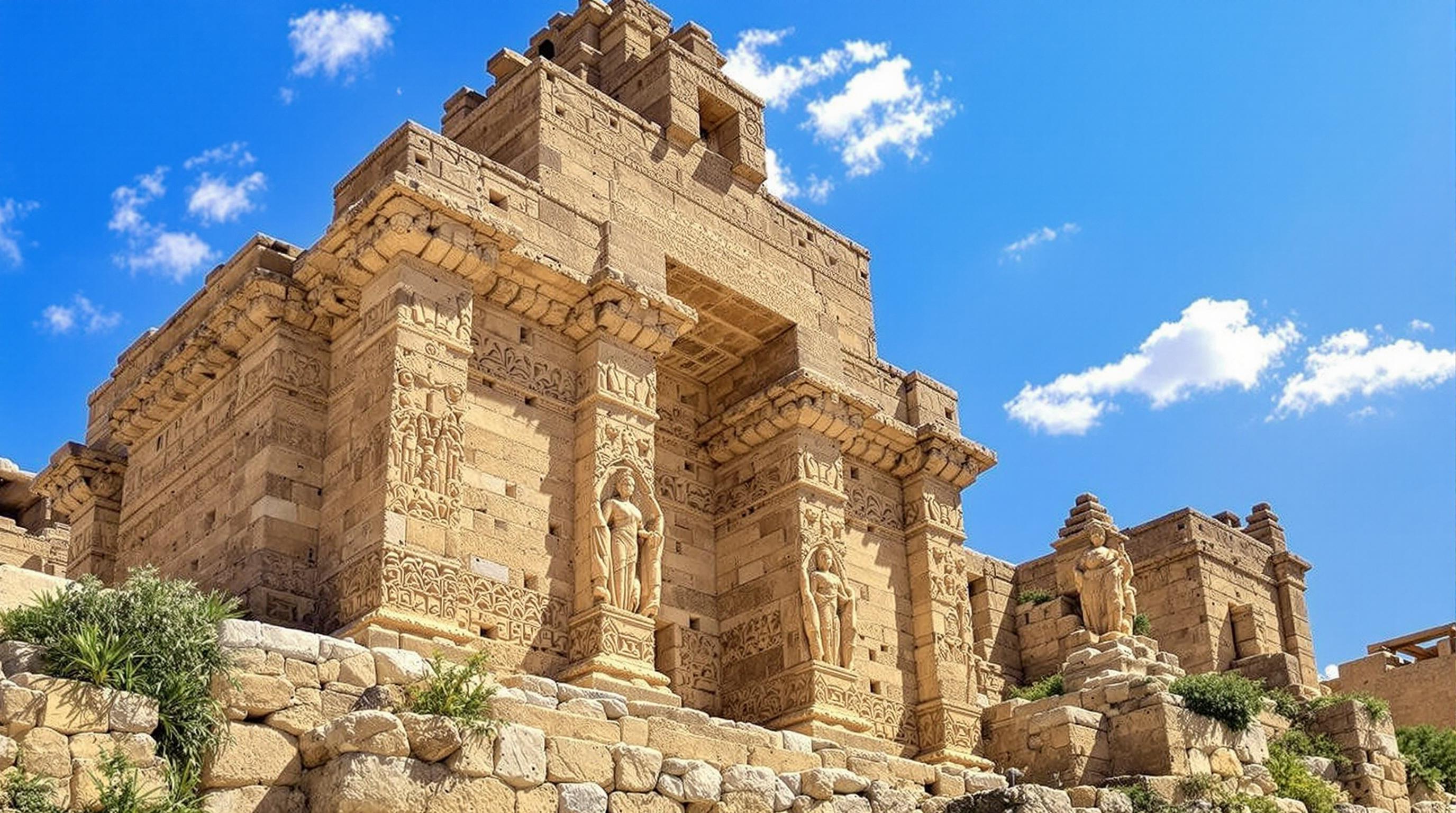Related Articles
- Uncharted Escapes: Navigating the Controversial Allure of Fringe Destinations and Their Untold Stories
- Uncharted Realms: The Surprising Intersection of Urban Legends and Adventure Travel in Offbeat Locations
- Curious Chronicles: Bizarre Transport Innovations Shaping Uncommon Explorations Across Unvisited Trails
- The Forgotten History of Eco-Adventuring: Learning from Indigenous Practices for Modern Exploration
- The Hidden Impact of Eco-Conscious Adventure Games on Environmental Education and Community Resilience
- Uncommon Routes: The Unexpected Appeal of Ghost Town Hikes in Eco-Friendly Exploration
10 Surprising Travel Safety Myths from Rare Cultures: Unveiling Hidden Truths to Enhance Your Global Journeys
10 Surprising Travel Safety Myths from Rare Cultures: Unveiling Hidden Truths to Enhance Your Global Journeys
10 Surprising Travel Safety Myths from Rare Cultures: Unveiling Hidden Truths to Enhance Your Global Journeys
1. Myth: Small Towns Are Safer Than Big Cities
Many believe that small towns are inherently safer than large urban areas. However, crimes can occur anywhere, irrespective of the size of the city. In fact, according to research by the National Institute of Justice, crime rates in small communities can sometimes be higher than in metropolitan regions, often due to underreporting and a lack of resources for law enforcement.
Furthermore, small towns may lack the infrastructure to handle emergencies effectively. Without access to health and emergency services, travelers may find themselves in precarious situations. Understanding local dynamics is crucial before assuming safety based solely on the locale.
Always conduct thorough research into the specific area you plan to visit. Local community blogs or traveler forums can provide insights into safety and tips that are not commonly known.
2. Myth: All Locals Want to Scam Tourists
The stereotype that locals in tourist-heavy regions are universally looking to scam visitors can discourage meaningful interaction. In cultures around the world, there are countless instances of hospitality and generosity towards travelers. For example, in places like Bhutan, locals are known for their warmth and eagerness to share their rich cultural heritage.
Exploiting visitors may happen, but it is far from a universal truth. Many individuals derive pride from showcasing their culture, traditions, and daily lives. Engaging respectfully and with an open mind often leads to delightful experiences rather than scams.
To foster positive interactions, consider respecting local customs and engaging in cultural exchange. Initiating conversations about local traditions or cuisine can diminish the barrier of mistrust that often exists between travelers and residents.
3. Myth: Travel Insurance Is an Unnecessary Expense
Many travelers view insurance as an optional add-on. However, not having coverage can turn a minor incident into a major financial crisis. According to the U.S. Travel Insurance Association, trip cancellations and medical emergencies abroad can lead to exorbitant expenses.
In various parts of the world, including remote areas and less developed nations, medical services can be lacking or shockingly expensive. For instance, a simple doctor visit can lead to hundreds or thousands of dollars in bills without insurance coverage.
Investing in travel insurance not only protects against financial risk but also provides peace of mind. Before traveling, consider what coverage fits your specific needs, including emergency medical transport or trip interruption.
4. Myth: All Cultures Will Understand English
While English is a global lingua franca, assuming everyone speaks it can lead to miscommunication. Many regions, particularly rural ones, may have little exposure to English. In fact, regions in Southeast Asia or parts of Africa often have diverse local languages that are not English-based.
Misunderstandings arising from language barriers can create safety issues, especially in critical situations. Travelers may find themselves lost or unable to communicate health needs without knowing basic local phrases or expressions.
To mitigate this issue, a little effort can go a long way. Learning a few key phrases in the local language not only shows respect but can also enhance interactions and safety during your travels.
5. Myth: Personal Items Are Safe in Your Hotel Room
A common myth is that hotel rooms are entirely safe for leaving personal belongings unattended. However, various studies have indicated that theft in hotels is not uncommon. In fact, as reported by the International Hotel & Restaurant Association, thousands of belongings go missing every year due to guests not securing their items properly.
Moreover, hotel staff have access to rooms, which can pose a risk if security measures are lax. Guests may inadvertently put themselves at greater risk by not utilizing in-room safes or by leaving valuables unsecured.
To enhance safety, always secure valuables in a hotel safe or carry them with you when out. Being vigilant and taking simple precautions can drastically reduce the chances of theft during your stay.
6. Myth: Public Transport Is Always Dangerous
The perception that public transport is unsafe can deter travelers from using economically viable transit options. However, cities like Tokyo, London, and Berlin have safe and efficient public transport systems considered among the best in the world.
While incidents can occur, the reality is that bus and underground systems often have stringent security measures in place. For example, many cities have surveillance, regular patrols, and emergency contact systems in urban transit networks, enhancing safety.
To assess safety, researching reviews and traveler experiences can provide insight into which transportation modes are the best. Many travelers rave about experiences on public transport as fulfilling cultural interactions.
7. Myth: Travel Safety Is Just a Personal Responsibility
While travelers must take proactive steps to maintain their safety, it is not solely an individual endeavor. Cultural norms and societal structures play a significant role in determining safety. For example, regions stricken by social unrest may create unpredictable and unsafe environments for both locals and travelers.
This reality underscores the importance of situational awareness and local context. Factors such as political stability, local laws, and community attitudes can all heavily influence safety conditions abroad.
Staying connected with local news channels or social media updates can provide vital information. Travelers who adapt and respond to changing situations will navigate their journeys with greater ease and security.
8. Myth: You Should Always Keep to Tourist Areas
Tourist areas can often be perceived as the safest places for travelers. However, this mindset can limit authentic experiences and reinforce the victimization of areas off the beaten path. Many travelers discover that neighboring neighborhoods offer rich culture, food, and engagement opportunities that tourist traps lack.
Additionally, some areas known for heavy tourist traffic may attract less desirable behaviors like pickpocketing or overcharging due to an influx of visitors. Conversely, local neighborhoods often operate by different social rules, providing an insider’s perspective on safety.
Venturing into less-traveled areas, while ensuring you are prepared, can enhance your understanding of the region. Connecting with locals for recommendations on safe neighborhoods and must-visit sites allows for a deeper appreciation of the culture.
9. Myth: You Must Carry All Your Money with You
Many travelers believe that carrying all their money is necessary for safety. This assumption can lead to theft and loss, leaving individuals stranded. In reality, technology has transformed money management for travelers. Mobile banking, e-wallets, and digital currencies provide secure solutions for accessing funds on-the-go.
Leaving the majority of cash or valuables stored securely in hotel safes reduces the risk of significant loss. Furthermore, using ATMs in safe areas can minimize the amount of cash you carry, enabling more efficient and thoughtful spending.
Prior to traveling, exploring mobile banking options and creating a budget can simplify finances abroad. Ensuring access to funds through secure methods allows for greater peace of mind while navigating new environments.
10. Myth: The World Is an Unsafe Place
The pervasive belief that the world is a dangerous place for travelers can lead to unnecessary fear and anxiety. While certain areas may experience conflict or natural disasters, the majority of regions are safe and welcoming. According to the World Economic Forum’s Travel & Tourism Competitiveness Report, many destinations rank high in safety and security.
Focusing solely on negative media portrayals can skew perceptions. Positive experiences shared through travel blogs, social media, and word of mouth often reflect a contrasting reality. Many travelers return with tales of kindness, safety, and adventure from places deemed dangerous.
Fostering an open spirit towards exploration, along with a healthy respect for local laws and customs, can lead to remarkable adventures. Embracing the diversity of cultures and experiences can remind travelers that the world is a beautiful and welcoming place.




